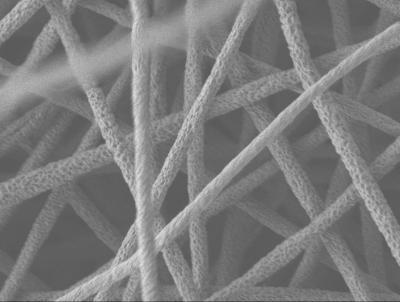The new method, which uses an electric charge to turn polymers into thin fibers in the presence of electricity, was able to produce plastic surfaces that are able to stretch up to ten times more without breaking relative to the original material, and could lead to new uses for plastic

Researchers in China report for the first time about successful electrospinning in the preparation of a type of plastic commonly used in vehicles and the electronics industry. The new method, which uses an electric charge to turn polymers into thin fibers in the presence of electricity, succeeded in producing plastic surfaces that are able to stretch up to ten times more without breaking relative to the original material, and could lead to new uses for plastic.
In the new study, the scientists note that the original plastic, known as polyoxymethylene (POM), is used as an engineering fastener thanks to its metal-like hardness, light weight and resistance to various chemicals. However, the material is relatively fragile, thereby limiting its range of uses. Although many different types of plastics have been processed into fibers using this method for enhanced properties and uses, researchers have not been able to do so for this type of common plastic, the researchers say.
They report that the plastic can be processed into nanometer-sized fibers - thousands of times thinner than the thickness of a single hair - after dissolving it in a solvent called HFIP and putting it through an electrospinning process. The method makes it possible to obtain this type of plastic with increased flexibility, greater porosity and a particularly high surface area. These characteristics will enable new uses of this plastic for diverse applications in industry and in the fields of electronics and medicine, the researchers say.

One response
Sounds very practical and important for future developments on road safety.
Thank you very much for the news!